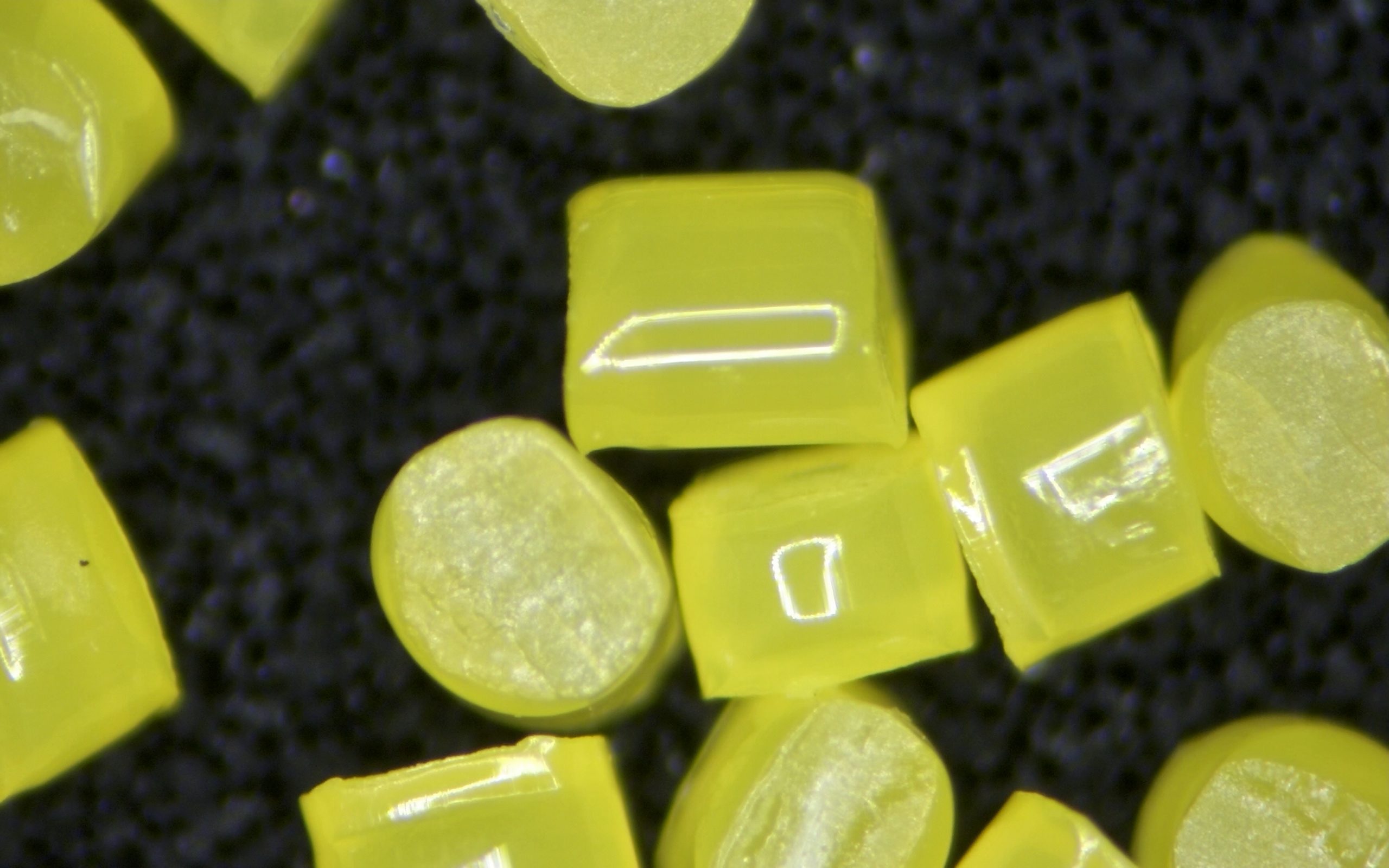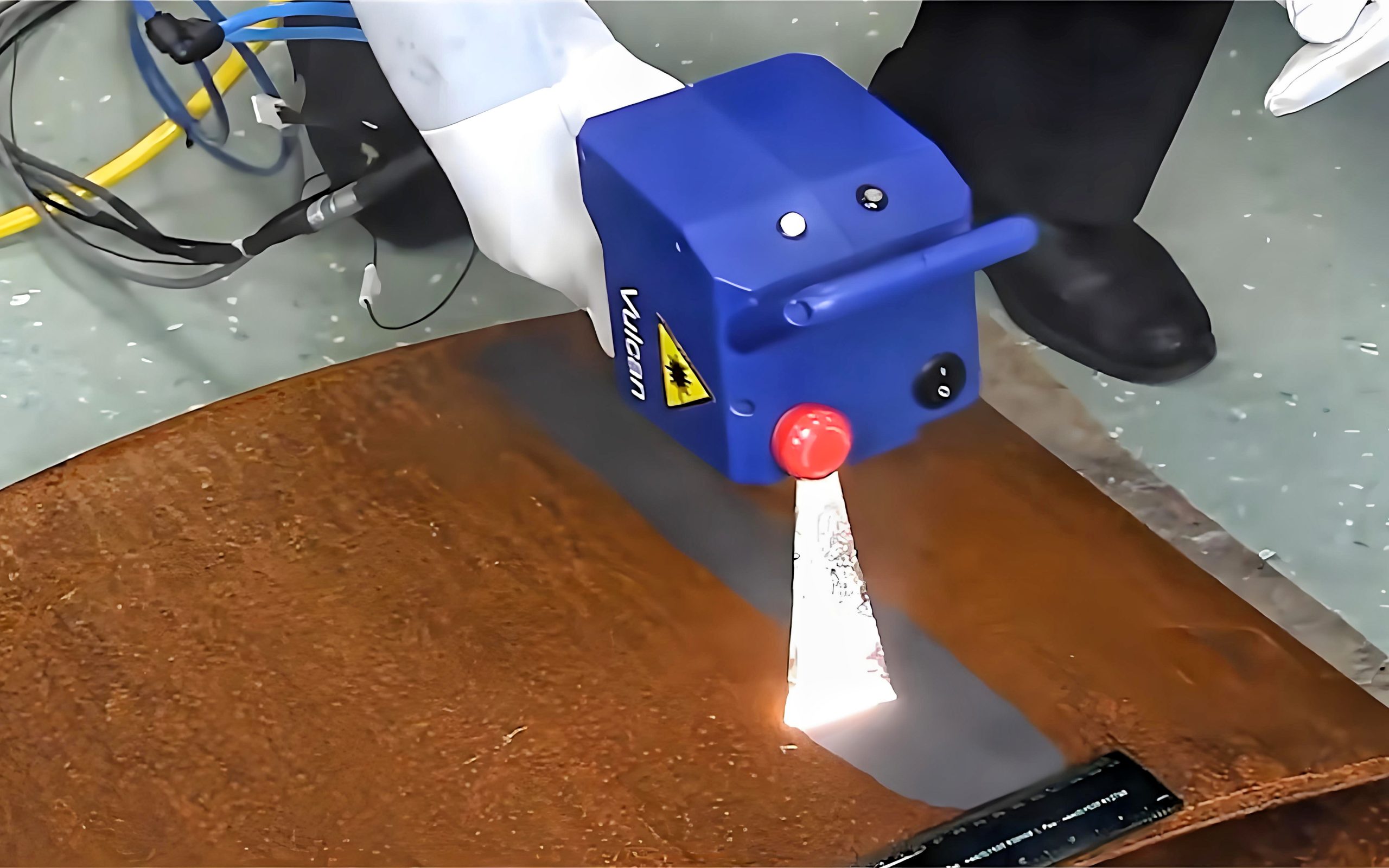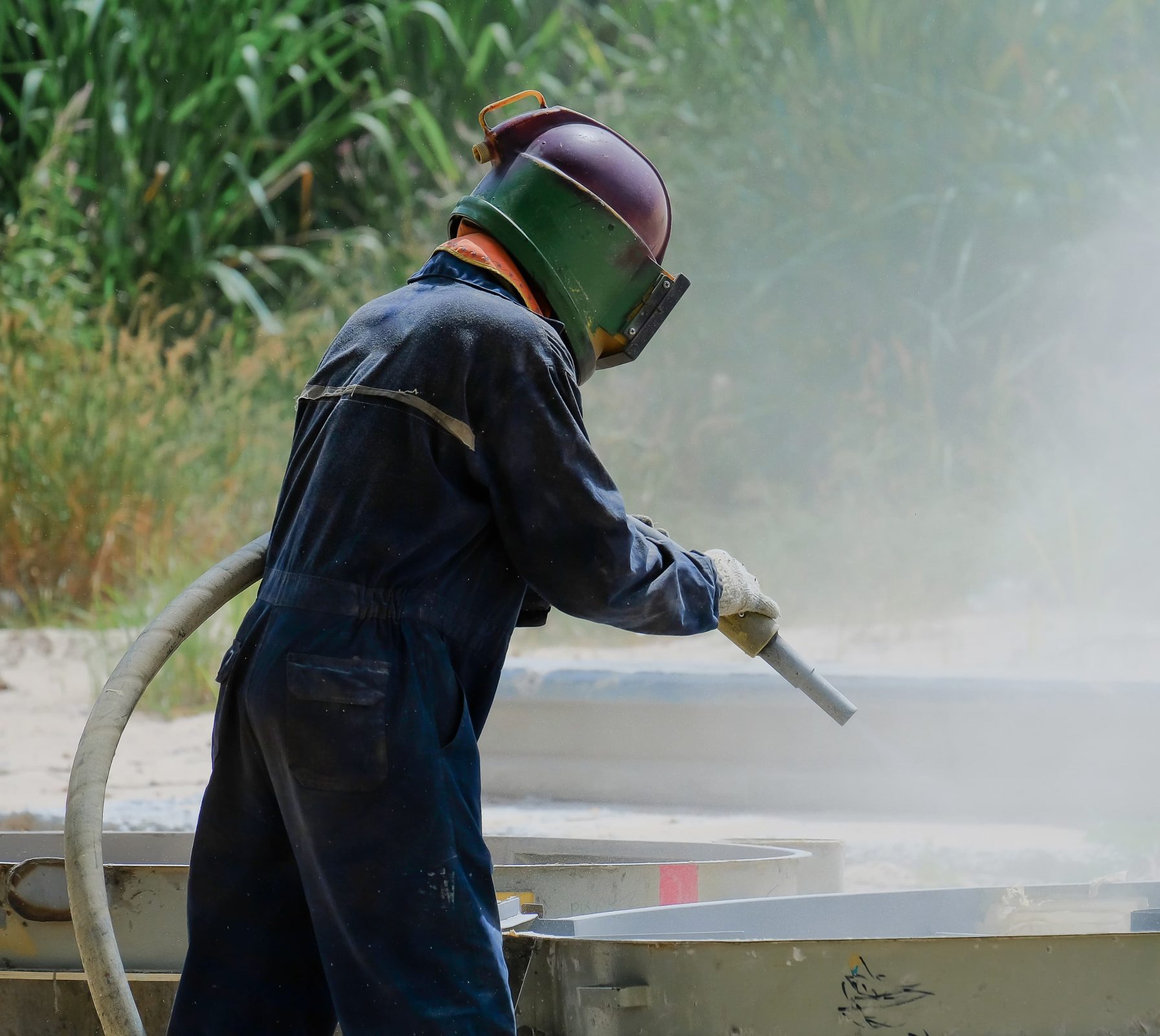Warum sind kryogene Entgratungsmedien die beste Entgratungsmethode?
20. September 2024

Entgraten oder Entgraten ist ein wichtiger Bestandteil des industriellen Fertigungsprozesses, insbesondere bei Präzisionsteilen. Ob es sich um spritzgegossene Kunststoffprodukte, Gummiteile oder Metallgussteile handelt, während des Produktionsprozesses entstehen unweigerlich kleine Grate, die die Oberflächengüte und Präzision des Endprodukts beeinträchtigen. In den letzten Jahren hat sich die kryogene Entgrattechnik aufgrund ihrer hohen Effizienz, Präzision und Umweltfreundlichkeit in verschiedenen Branchen zur ersten Wahl bei der Entgratung entwickelt. Als einer der Schlüsselfaktoren dieses Prozesses ist die Auswahl der kryogenen Entgratungsmedien besonders wichtig. In diesem Artikel wird im Detail untersucht, warum kryogene Entgratungsmedien die richtige Wahl sind, und es werden ihre einzigartigen Vorteile im Vergleich zu herkömmlichen Entgratungsmethoden analysiert.
Definition und Funktionsweise
Das kryogene Entgraten ist ein Verfahren, bei dem die Grate auf der Oberfläche des Werkstücks bei niedrigen Temperaturen schnell abgekühlt und versprödet werden, um sie dann durch mechanische Einwirkung präzise zu entfernen. Diese Methode eignet sich besonders für weiche Materialien wie Gummi und Kunststoff. Es kann Grate effizient entfernen, ohne das Werkstück zu beschädigen, und kann außerdem die Produktionseffizienz und Produktqualität verbessern.
Die einzelnen Schritte sind in drei Hauptschritte unterteilt:
- Kühlung: Legen Sie das Werkstück in eine Tieftemperaturumgebung, in der Regel mit flüssigem Stickstoff, und kühlen Sie es schnell auf -150℃ ab, damit die Grate an der Oberfläche des Werkstücks spröde werden.
- Härtungsgrate: Bei niedrigen Temperaturen wird der Gratteil brüchig, während der Hauptteil des Werkstücks relativ zäh bleibt. Grate sind aufgrund der unterschiedlichen Materialeigenschaften von Graten und Werkstücken empfindlicher.
- Mechanische Entfernung: Durch mechanische Vibration oder leichte physikalische Einwirkungen werden die spröden Grate leicht entfernt, und die Oberfläche des Werkstücks bleibt glatt und intakt.
Zusammensetzung und Merkmale
- Zusammensetzung des Materials(Klick hier um Details zum Produkt zu sehen)
Das kryogene Entgratungsmittel wird hauptsächlich aus Polyamid 6 (Nylon 6) hergestellt. Die Hauptform ist zylindrisch oder hexaedrisch, und es gibt eine Vielzahl von Farben zur Auswahl, darunter durchscheinend milchig weiß, gelb, rot und grün. Sie können je nach Farbe des vorbehandelten Werkstücks gewählt werden, wobei milchig-weiß und rot die beiden am häufigsten verwendeten sind. Während des Betriebs können diese verschiedenen Farben den Bedienern die Identifizierung und Handhabung in verschiedenen Anwendungsszenarien erleichtern.
- Wichtige physikalische Eigenschaften
- Niedrige Temperaturbeständigkeit
Eine der bemerkenswerten Eigenschaften von Polyamid 6 ist seine hohe Zähigkeit bei sehr niedrigen Temperaturen. Selbst bei Temperaturen von bis zu -150 °C behält das Material eine zähe Struktur bei, die dafür sorgt, dass die Entgratungspartikel nicht aufgrund der niedrigen Temperaturen brechen. Dies macht es zu einem idealen kryogenen Entgratungsmedium, insbesondere beim Entgraten weicher Materialien (wie Gummi und weiche Kunststoffe), das eine Beschädigung des Hauptwerkstücks vermeiden und spröde Grate effektiv entfernen kann.
- Hohe Verschleißfestigkeit
Diese Nylon-Polyamid 6-Medienpartikel wurden sorgfältig entwickelt, um eine ausgezeichnete Verschleißfestigkeit zu gewährleisten. Sie behalten auch nach langem Gebrauch ihre Form und Wirkung und haben eine lange Lebensdauer, was die Häufigkeit des Austauschs und die Produktionskosten reduziert. Kunststoff ist leicht und kostengünstiger im Transport, was auf lange Sicht wirtschaftlicher ist.
- Geringes Gewicht und geringe Härte
Da es sich um ein plastisches Medium handelt, ist es relativ leicht und hat eine geringe Härte, was bedeutet, dass selbst die Oberfläche von hochpräzisen und empfindlichen Teilen während des Entgratens nicht beschädigt wird. Es sorgt dafür, dass das Werkstück seine ursprüngliche glatte Oberfläche beibehält, ohne dass durch den Aufprall der hochharten Partikel neue Fehler entstehen.
- Identifizierung der Farbe
Die verschiedenen Farben der Medien können je nach Verwendungszweck unterschieden werden, was nicht nur für die Bediener leicht zu erkennen ist, sondern auch eine effizientere Steuerung der Produktionsprozesse ermöglicht.
- Chemische Eigenschaften
- Chemische Beständigkeit
Polyamid 6 hat eine gute chemische Beständigkeit. Selbst in einer chemisch sehr aktiven Umgebung wird es nicht leicht von Substanzen wie Säuren und Laugen angegriffen, was bedeutet, dass es lange Zeit in verschiedenen industriellen Umgebungen verwendet werden kann, ohne dass es durch den Kontakt mit Chemikalien beschädigt wird.
- Stabilität und Ungiftigkeit
Das kryogene Entgratungsmedium besteht aus ungiftigem und unbedenklichem Nylonmaterial, das bei der Verwendung keine schädlichen Gase oder Rückstände erzeugt und die Umweltschutzanforderungen erfüllt. Dies macht es nicht nur sicher für die Bediener, sondern hat auch weniger Auswirkungen auf die Umwelt, was besonders für die Forderung der modernen Industrie nach einer nachhaltigen Produktion geeignet ist.
- Hohe Druckbeständigkeit
Während des Entgratungsprozesses ist der Kontaktdruck zwischen dem Werkstück und dem Medium groß, aber aufgrund der Materialeigenschaften von Nylon-Polyamid 6 hat es eine gute Druckbeständigkeit und wird unter hohem Druck nicht verformt oder beschädigt, wodurch die Kontinuität und Stabilität des Entgratungsprozesses gewährleistet wird.
- Wirtschaftlicher Nutzen und langfristige Nutzungskosten
- Kosten-Wirksamkeit
Aufgrund seiner verschleißfesten, langlebigen und wiederverwertbaren Eigenschaften kann es die Kosten für Verbrauchsmaterialien im Produktionsprozess erheblich senken. Eine einmalige Investition kann eine langfristige Nutzung unterstützen, was im Vergleich zu herkömmlichen Entgratungsmedien deutlich kostengünstiger ist.
- Recycling und Wiederverwendung
Das Material hat eine gute Recyclingfähigkeit. Durch angemessene Reinigung und Wiederaufbereitung können diese Entgratungspartikel wiederverwendet werden, was den Materialverbrauch in der Produktionslinie weiter reduziert.
- Schutz der Umwelt
Das Produkt entspricht den modernen Umweltschutznormen und reduziert die Entstehung von schädlichen Abfällen. Da bei seiner Verwendung keine Chemikalien eingesetzt werden, hat es nur geringe Auswirkungen auf die Umwelt und eignet sich sehr gut für Branchen mit strengen Umweltanforderungen.
Vergleich mit traditionellen Entgratungsmethoden
Zu den traditionellen Entgratungsmethoden gehören hauptsächlich das mechanische Entgraten, das chemische Entgraten und das thermische Entgraten. Jede Methode hat ihre Vor- und Nachteile:
- Mechanisches Entgraten basiert auf dem physikalischen Schleifen, das sich für metallische Werkstoffe eignet, aber bei der Bearbeitung weicher Materialien die Werkstückoberfläche leicht beschädigen kann.
- Chemisches Entgraten verwendet chemische Mittel zum Lösen von Graten, was für die Massenproduktion geeignet ist, aber die Umwelt belasten kann.
- Thermisches Entgraten entfernt Grate durch hohe Temperaturen, stellt jedoch strenge Anforderungen an das Material des Werkstücks und beeinträchtigt leicht die Materialstruktur.
Diese Verfahren beruhen hauptsächlich auf hohen Kräften und Temperaturschwankungen, die zu Verschleiß, Verformung und sogar thermischen Schäden an der Werkstückoberfläche führen können. Mechanischen Methoden mangelt es oft an Präzision, da sie manuell oder halbautomatisch durchgeführt werden müssen, und es ist schwierig, Grate mit komplexen Formen oder winzigen Strukturen zu bearbeiten. Chemisches Entgraten kann zwar einige kleine Grate entfernen, führt aber leicht zu chemischen Rückständen, erfordert eine weitere Oberflächenbehandlung des Werkstücks und ist für einige Werkstoffe schädlich.
(Wir haben bereits einen ausführlicheren Artikel geschrieben, den Sie hier finden hier um es zu lesen.)
Demgegenüber bietet das kryogene Entgratungsverfahren deutliche Vorteile in Bezug auf Präzision, Zerstörungsfreiheit und Effizienz.
- Präzision und Unzerstörbarkeit
In einer Umgebung mit niedrigen Temperaturen werden Grate schnell spröde, während das Hauptmaterial des Werkstücks seine ursprüngliche Zähigkeit beibehält. Diese Eigenschaft ermöglicht es dem kryogenen Entgratungsprozess, Grate extrem genau zu entfernen, ohne die Werkstückoberfläche zu beschädigen. Es eignet sich besonders für Teile mit hohen Anforderungen an die Oberflächengüte, wie z. B. Präzisionsspritzgussteile oder Teile für die Luft- und Raumfahrt.
- Hohe Effizienz
Das kryogene Entgratungsverfahren eignet sich für automatisierte Anlagen und kann eine große Anzahl von Werkstücken in kürzerer Zeit bearbeiten, wodurch der gesamte Prozess schneller abläuft und die Produktionseffizienz erheblich verbessert wird. Darüber hinaus wird aufgrund der Haltbarkeit der Partikel des Tieftemperaturmediums die Häufigkeit des Austauschs reduziert, was die Kontinuität der Produktion weiter verbessert.
- Umweltschutz und Sicherheit
Bei diesem Verfahren werden keine schädlichen Chemikalien verwendet, so dass keine chemischen Abfälle anfallen. Im Vergleich zu herkömmlichen chemischen oder thermischen Entgratungsmethoden ist das kryogene Entgraten umweltfreundlicher und sicherer für die Bediener. Darüber hinaus kann die Niedrigtemperaturumgebung auch die Entstehung von statischer Elektrizität und Funken unterdrücken, was potenzielle Sicherheitsrisiken verringert.
- Breite Palette an verwendbaren Materialien
Das kryogene Entgratungsverfahren eignet sich nicht nur für die Entgratung von Kunststoff- und Gummiprodukten, sondern kann auch Grate an einigen weichen Metallteilen wirksam entfernen. Diese breite Anwendbarkeit macht es zu einem wichtigen Werkzeug in verschiedenen Industriebereichen, insbesondere in der Präzisionsfertigung und bei anspruchsvollen Anwendungen.
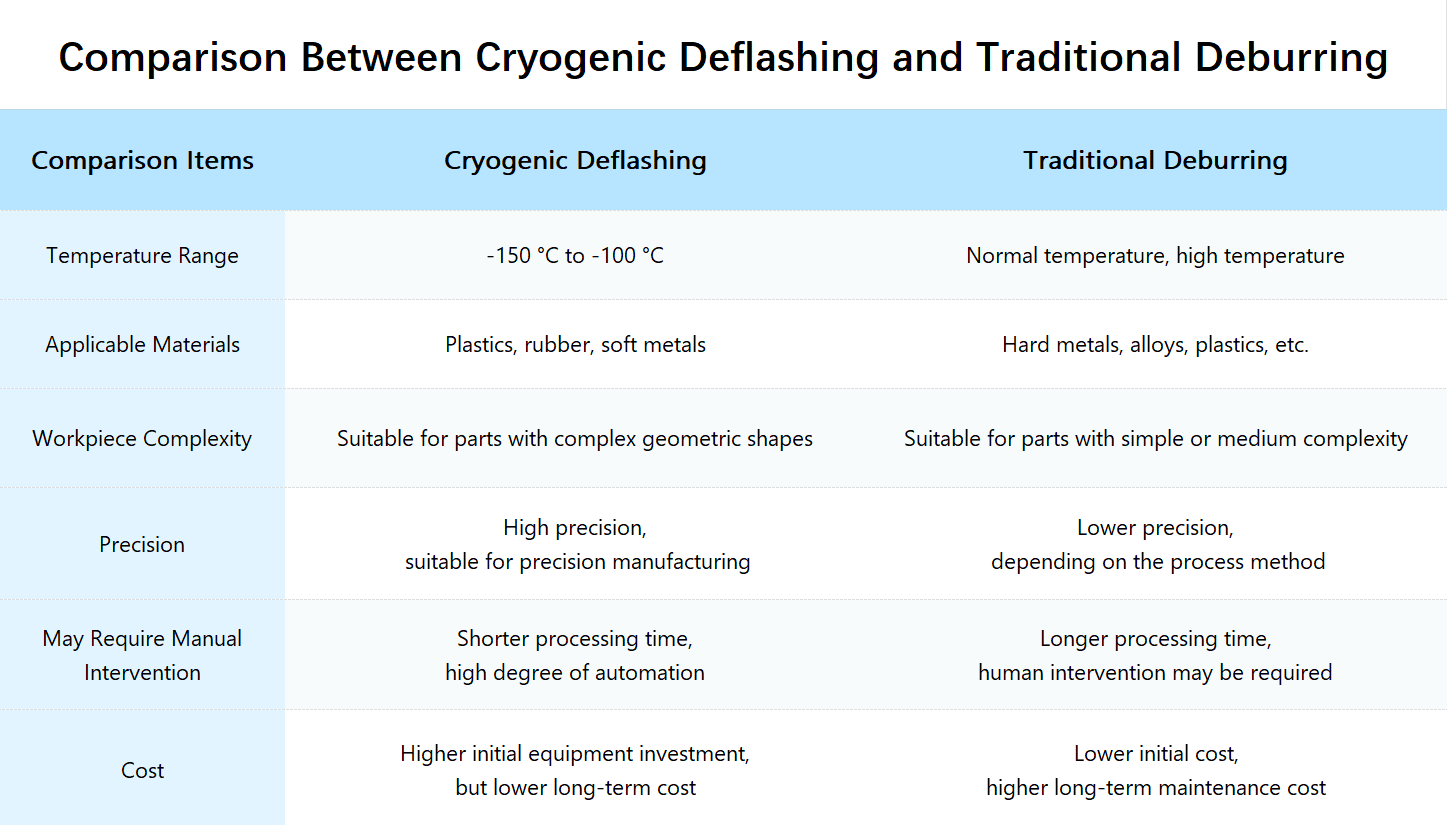
Vergleich mit Entgratungsmittel aus Nylon und Polyamid
Ähnlichkeiten:
- Die Hauptbestandteile der beiden sind die gleichen, beide sind Sandstrahlpartikel aus Polyamid 6 (Nylon 6), und die Formen sind ebenfalls zylindrisch oder hexaedrisch, und die physikalischen und chemischen Eigenschaften sind im Grunde die gleichen.
- Beide können sich an eine Umgebung mit niedrigen Temperaturen anpassen und eine gute Entgratungswirkung bei niedrigen Temperaturen beibehalten, besonders geeignet für die Bearbeitung von Gummi, Spritzgussteilen und Metallgussteilen.
Obwohl die Zusammensetzung und die Leistung der beiden gleich sind, zeigen sich die Unterschiede in der praktischen Anwendung vor allem in den folgenden Punkten:
- Geeignete Ausrüstung
Kryogene Entgratungsmittel werden in der Regel in Verbindung mit einer Kryobearbeitungsmaschine mit flüssigem Stickstoff verwendet, während Nylon-Polyamid-Entgratungsmittel eher für Entgratungsprozesse bei normalen Temperaturen geeignet sind, und die Art der verwendeten Geräte ist unterschiedlich.
- Anwendungsszenario
Kryogene Entgratungsmittel eignen sich besser für die Bearbeitung weicher Materialien wie Gummiprodukte und Kunststoffe und werden besonders häufig bei der Bearbeitung von Thermoplasten und Duroplasten eingesetzt, z. B. bei Komponenten für medizinische Geräte, Präzisionsgummidichtungen usw. Nylon-Polyamid-Entgratungsmittel eignen sich besser für die Entfernung von Graten auf der Oberfläche von Metallen und harten Materialien wie Edelstahl, Aluminiumlegierungen, Kupfer, Titan usw. und können auch für die Oberflächenbehandlung einiger harter Kunststoffe verwendet werden.
- Betriebstemperatur
Kryogene Entgratungsmittel müssen in einer Umgebung mit extrem niedrigen Temperaturen eingesetzt werden, und der Betrieb ist komplizierter, während Nylon-Polyamid-Entgratungsmittel keine Kühlanlagen benötigen und relativ einfach zu bedienen sind.
Anwendung Industrie
- Luft- und Raumfahrt
- Hintergrund: Die Luft- und Raumfahrtindustrie stellt äußerst strenge Anforderungen an die Präzision der Teile. Jedes Teil muss extrem hohe Qualitätsstandards erfüllen, um in rauen Umgebungen wie hohen Temperaturen, hohem Druck und starken Vibrationen einwandfrei zu funktionieren. Das Entgraten von Teilen wie Triebwerkskomponenten, Flugzeugschalen und Getriebesystemen ist ein wichtiger Schritt, um die Flugsicherheit zu gewährleisten und die Lebensdauer der Teile zu verlängern. Herkömmliche Entgratungsmethoden können geringfügige Schäden an der Oberfläche der Teile oder Materialverformungen verursachen, was für die Luft- und Raumfahrtindustrie nicht akzeptabel ist.
- Wirkung: Beim kryogenen Entgraten wird die Kühlwirkung von flüssigem Stickstoff genutzt, um die Grate auf der Oberfläche von Teilen spröde zu machen und schnell abfallen zu lassen, ohne die geometrische Genauigkeit und die strukturelle Festigkeit der Teile zu beeinträchtigen. Diese Methode eignet sich besonders für die Bearbeitung von Präzisionsmetallteilen, Verbundwerkstoffen und hochfesten Legierungen. Es verbessert nicht nur die Oberflächengüte der Teile, sondern verringert auch das Risiko einer Beschädigung des Gefüges erheblich. Durch die kryogene Entgratungstechnologie können Hersteller in der Luft- und Raumfahrtindustrie die Produktqualität effektiver kontrollieren und ihre Sicherheitsleistung gewährleisten.
- Automobilbau
- Hintergrund: Die Automobilindustrie erfordert die Massenproduktion von Präzisionsteilen, insbesondere bei der Herstellung von Motoren, Dichtungen und elektronischen Steuerungssystemen, die extrem hohe Anforderungen an Präzision und Funktionalität stellen. So müssen beispielsweise Zylinder, Dichtungen und verschiedene Teile des Getriebesystems im Motor glatt und fehlerfrei sein, um eine erhöhte Reibung oder eine verminderte Dichtigkeit zu vermeiden. Die Innen- und Außenteile des Fahrzeugs, wie Leuchten, Armaturenbretter und Kunststoffschalen, müssen ebenfalls von Graten und überflüssigen Kanten befreit werden, die während des Produktionsprozesses entstehen, um die Schönheit und Präzision des Produkts zu erhalten.
- Wirkung: Mit dem kryogenen Entgratungsverfahren lassen sich Grate an Gummidichtungen und Kunststoffteilen schnell und präzise entfernen, ohne dass die Oberfläche oder die Mikrostrukturen beschädigt werden, wie es bei herkömmlichen Verfahren der Fall sein kann. Form und Funktion der Teile bleiben dabei perfekt erhalten, ohne dass die Gesamtqualität der Teile beeinträchtigt wird. So können zum Beispiel Gummidichtungen, die bei niedrigen Temperaturen behandelt werden, ihre Dichtigkeit gewährleisten, ohne dass die Oberfläche durch den Entgratungsprozess beschädigt wird. Darüber hinaus verbessert das kryogene Entgraten die Produktionseffizienz durch automatisierte Anlagen erheblich, was besonders für die Massenproduktion in der Automobilindustrie geeignet ist.
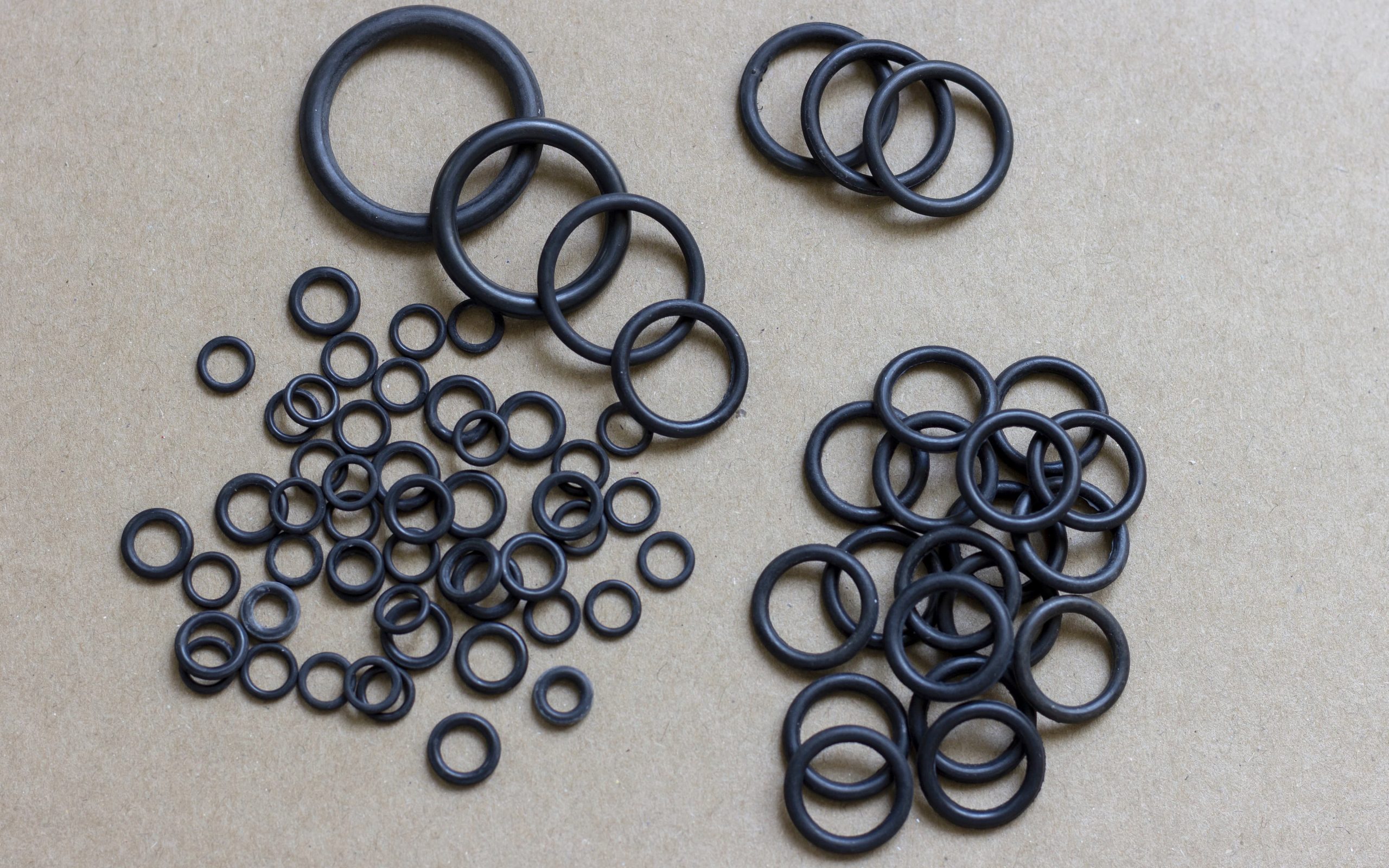
Gummidichtungen in verschiedenen Größen
- 3D-Digitalelektronik und Präzisionsgeräte
- Hintergrund: Mit der Entwicklung der 3D-Drucktechnologie hat die Herstellung digitaler elektronischer Geräte höhere Anforderungen an die Prozessgenauigkeit gestellt. 3D-gedruckte Teile hinterlassen während des Herstellungsprozesses in der Regel feine Grate und überstehende Kanten. Diese subtilen Defekte können die eigentliche Funktion und das Aussehen der Teile beeinträchtigen. In der digitalen Elektronikindustrie müssen auch Leiterplatten, Gehäuse und andere Komponenten präzise entgratet werden, um sicherzustellen, dass sie ordnungsgemäß funktionieren und ihre Lebensdauer verlängern.
- Wirkung: Bei 3D-gedruckten Teilen kann eine Niedrigtemperaturbehandlung sicherstellen, dass ihre komplexen geometrischen Formen nicht zerstört werden, während gleichzeitig winzige Oberflächenfehler beseitigt werden. Bei der Herstellung elektronischer Geräte kann das Niedertemperatur-Entgraten Grate auf Leiterplatten und elektronischen Bauteilen entfernen und so Schäden an Schaltungen und Funktionsausfälle vermeiden, die durch herkömmliche Entgratungsmethoden verursacht werden können. Da beim Niedertemperaturentgraten keine chemischen Rückstände entstehen und die Materialeigenschaften nicht beeinträchtigt werden, eignet es sich außerdem sehr gut für die Herstellung von Präzisionsgeräten und elektronischen Produkten.
Kryogene Entgratungsmittel haben mit ihren präzisen, effizienten und umweltfreundlichen Eigenschaften der Entwicklung verschiedener Industrien einen starken Impuls verliehen. Wenn die Kälte des flüssigen Stickstoffs das Werkstück umarmt, wenn Nylonpartikel sanft und fest den Grat entfernen, scheint es wie eine perfekte Begegnung zwischen Technologie und Kunst. Sie hat die Höhe der Luft- und Raumfahrt, die Geschwindigkeit der Automobile und die Präzision der Elektronik miterlebt und ist zu einem unverzichtbaren Partner der modernen Industrie geworden. Möge dieses magische Medium auch in Zukunft ein wunderbares Kapitel in der industriellen Fertigung schreiben und uns eine präzisere und schönere Welt bescheren.
Filter



